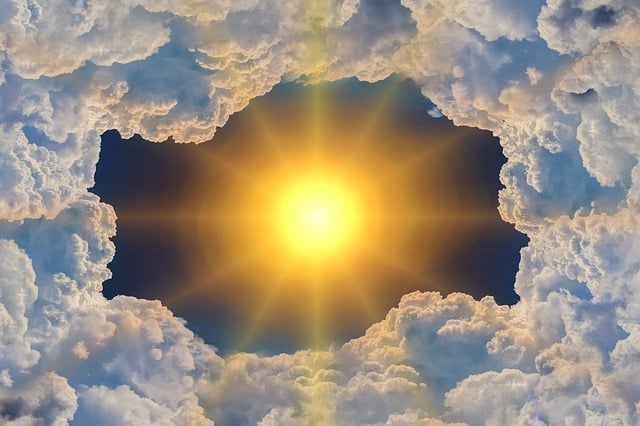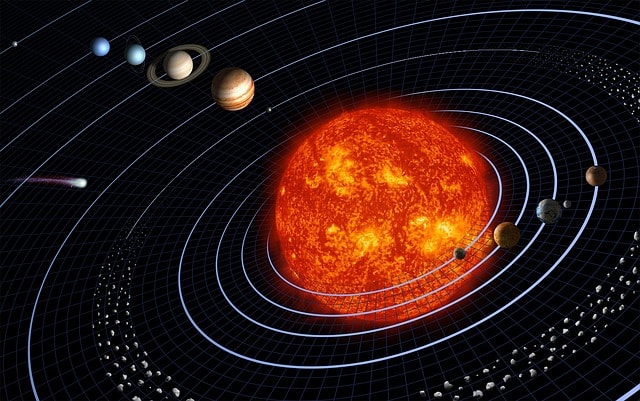Where is the Ozone Layer Located and Importance of Ozone Layer
First and foremost, the Earth’s atmosphere comprises a layer of gases (also referred to as air) which forms an envelope around Earth. The atmosphere is stratified into five (5) layers which are as follows: The exosphere, the thermosphere, the mesosphere, troposphere and the stratosphere. This envelope of gases is retained around Earth by the influence…









